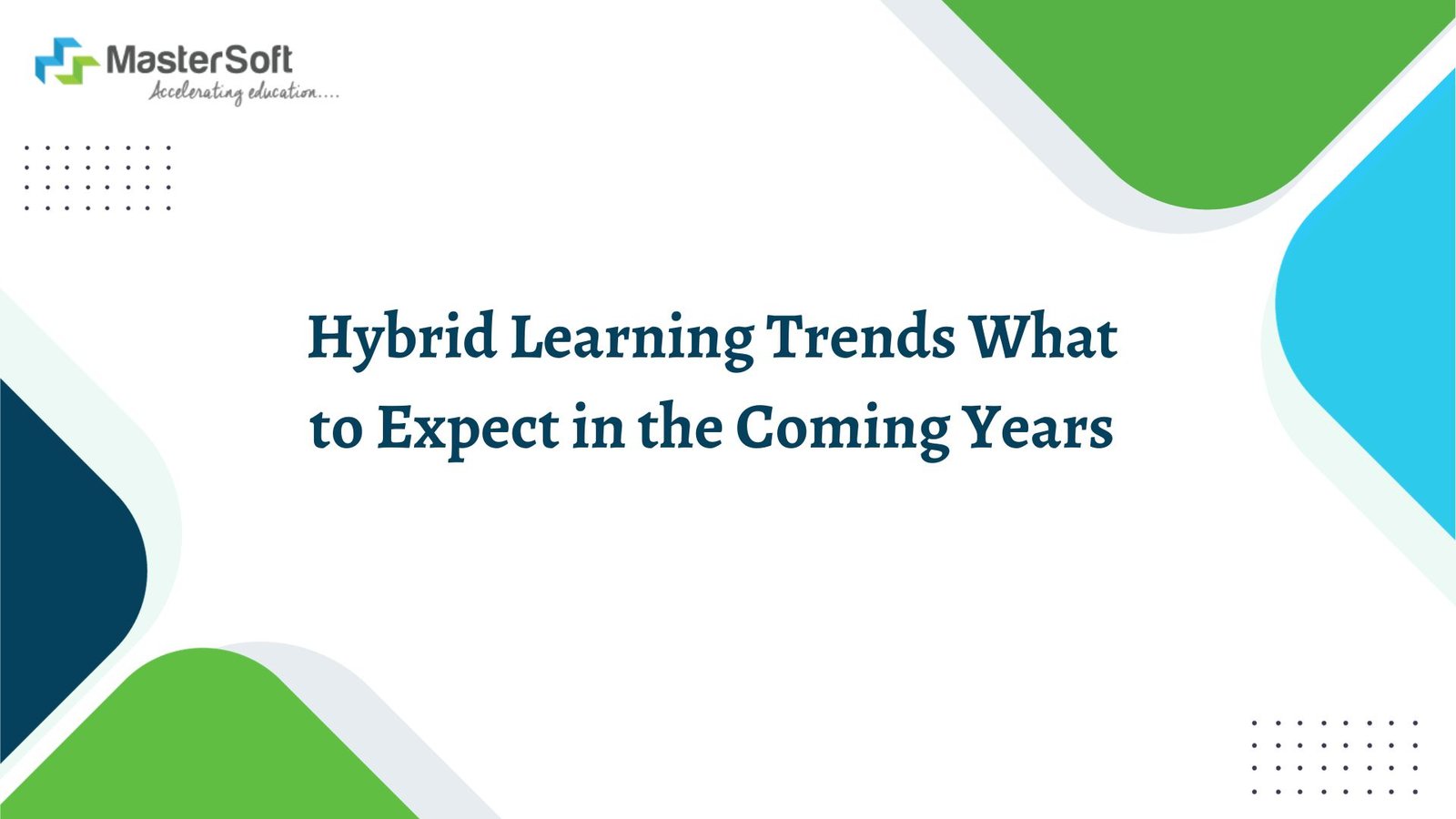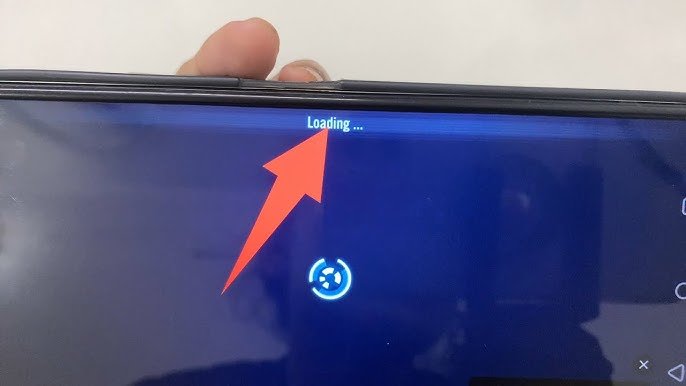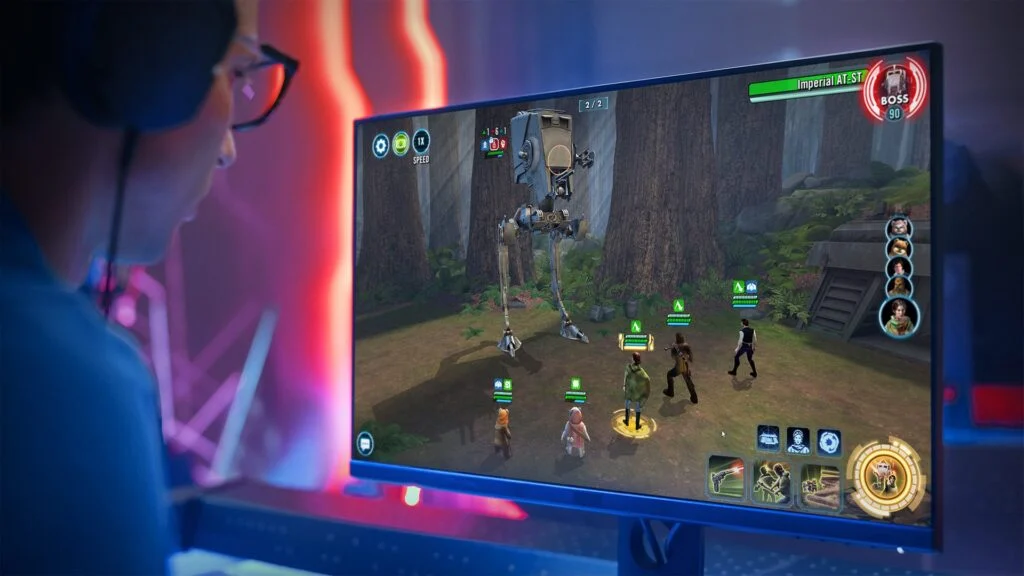The rapid growth in technology and innovations in the current times, combined with the prevalence of the COVID-19 pandemic created a need for remote and hybrid approaches across the world. The institutes begin to adopt these new methods to cope with the rapidly evolving world.
Hybrid , also known as blended, is a dynamic educational approach that combines both traditional face-to-face instruction and online experiences. This innovative model has gained significant momentum in recent years offering the best of both worlds to the students. Let’s explore more about it and discuss the future scope and potential developments in this evolving educational landscape.
What is Hybrid Learning?
Hybrid is an instructional strategy that integrates traditional classroom teaching with online components. It combines the benefits of in-person interactions with the flexibility and accessibility of online resources and tools. In a hybrid learning environment, students engage in both physical classroom sessions and digital learning experiences, allowing for a more personalized and adaptable approach to education. It gives freedom to the students to choose ways of learning based on their requirements.
Current Trends in Hybrid Learning
As hybrid learning continues to evolve, several prominent trends have emerged, shaping the present and future of education –
1. Flexible Learning – Hybrid learning accommodates diverse learning abilities, allowing students to choose between in-person, virtual, or blended modes based on their preferences and needs. This flexibility enhances accessibility and inclusivity.
2. Integration of Technology– Technology plays a central role in cognitive learning. Educational institutions are integrating Learning Management Systems (LMS), video conferencing platforms, and other digital tools to facilitate communication, content delivery, and assessment.
3. Personalized Learning Paths– cognitive learning empowers students to follow personalized learning paths. With adaptive software and data-driven insights, educators can tailor instruction to individual student needs, promoting better outcomes.
4. Flipped Classroom Approach– The flipped classroom model, a subset of learning, has gained popularity. In this approach, students review instructional content online before attending in-person classes, allowing for more interactive and engaging discussions during physical sessions.
5. Global Collaboration – learning fosters global collaboration. Students from different parts of the world can work together on projects, share diverse perspectives, and develop cross-cultural competencies.
6. Increased Accessibility– learning increases educational accessibility. It caters to remote and underserved populations, making quality education available to a broader audience. This trend is likely to continue with the growth of online education platforms.
7. Professional Development – Teachers and instructors are undergoing continuous professional development to adapt to the demands of teaching. This includes training in online pedagogy, digital tools, and effective communication in virtual environments for better cognitive learning among students.
8. Data-Driven Insights – Data analytics and learning analytics are increasingly being used to monitor student progress and engagement. Educators can identify at-risk students and implement interventions to support their success.
Future Scope of Hybrid Learning
The future of hybrid learning holds tremendous potential for transforming education in various ways –
1. Enhanced Personalization– Advances in artificial intelligence and machine learning will enable even more personalized learning experiences. Adaptive algorithms will analyze student data to tailor content, pacing, and assessments to individual needs.
2. Immersive Technologies – Augmented reality (AR) and virtual reality (VR) will play a significant role in learning. These technologies will offer immersive educational experiences, from virtual field trips to interactive simulations.
3. Hybrid Pedagogy – Educators will refine their pedagogical approaches for learning, blending online and in-person teaching seamlessly. This evolution will lead to innovative teaching methods that engage and motivate students.
4. Global Partnerships- Educational institutions will form global partnerships to offer learning programs. Students may have the opportunity to earn degrees or certifications from institutions in different countries, further diversifying their educational experiences.
5. Data Security and Privacy – As learning relies on data collection and analytics, there will be an increased focus on data security and privacy. Institutions will implement robust measures to protect student data.
6. Cultural Sensitivity – learning will require educators to be culturally sensitive and aware. Instructors will need to navigate the ways of teaching diverse student populations and ensure inclusivity.
7. Support Services – Educational institutions will expand support services for online and learners. This includes access to tutors, mental health resources, and technical assistance to ensure a positive learning experience.
Conclusion
Hybrid is reshaping the landscape of education, offering flexibility, personalization, and accessibility to learners of all ages. Current trends in hybrid the integration of technology, personalized, and flexible modalities. The future of hybrid holds exciting possibilities, with advancements in technology. As educational institutions adapt to this evolving landscape, they will play a crucial role in shaping the future of .




